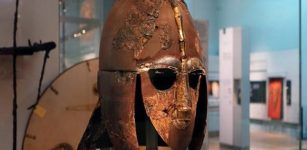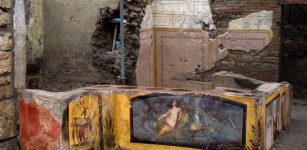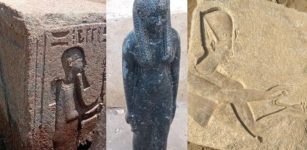Unusual 7,000-Year-Old Jar Decorated With A Horned Face Found In Poland
Jan Bartek - AncientPages.com - Hidden among the ruins of a Neolithic house, archaeologists in Poland found a very unusual 7,000-year-old jar shaped like a horned face.
While excavating in Biskupice, Małopolska, and investigating the houses of prehistoric farmers, scientists came across something you don’t see often, and the purpose of this artifact is unclear.
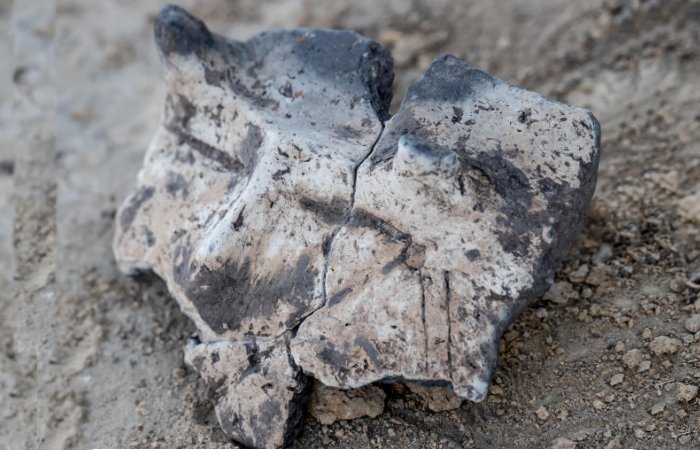
The 7,000-year-old jar shaped like a horned face was discovered in the remnants of a Neolithic house.
“We are not able to interpret this type of figure unambiguously today. “It seems probable, however, that such an unusual artifact could to some extent be connected to religious practices,” Dr. Magdalena Moskal–del Hoyo from the Academy of Sciences’ Botany Institute said.
According to The First News, scientists think the figure may “be proof of the inhabitants’ contacts with prehistoric peoples from today’s Hungary and Slovakia.”
This is indicated not only by the unusual fragment of the vessel (similar ones were found to the south, but never in Poland) but also by products made of obsidian, a volcanic material which cannot be found in Małopolska region.
Scientists were aware of the settlement’s existence for decades, yet it was the threat of nearby house construction that finally pushed the archaeologists to gather funding and uncover the secrets of the so-called ‘linear pottery culture’ who lived there.
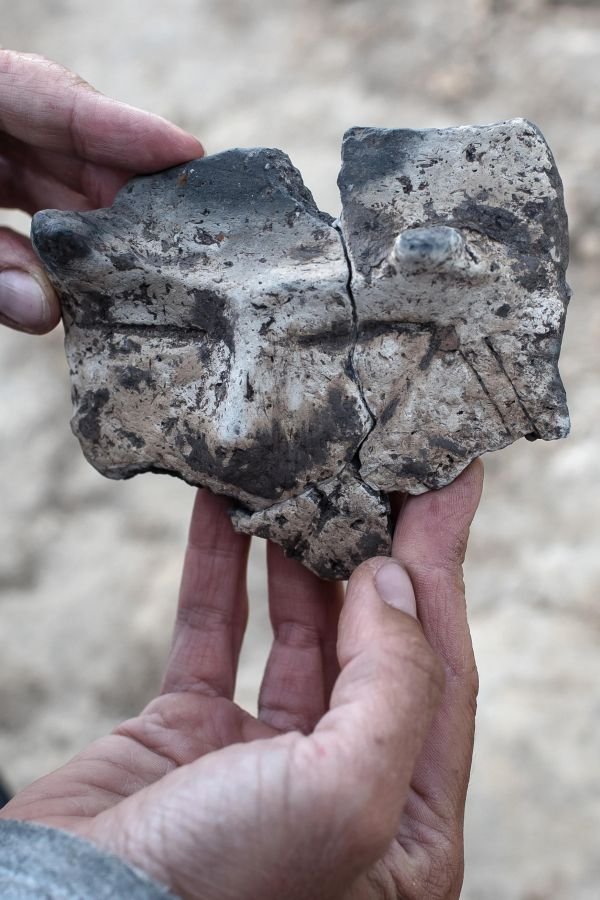
It is thought that the artifact came from the so-called ‘linear pottery culture’.
The ‘linear pottery culture’ flourished between 5500–4500 B.C. and played a key role in the Neolithization of central Europe.
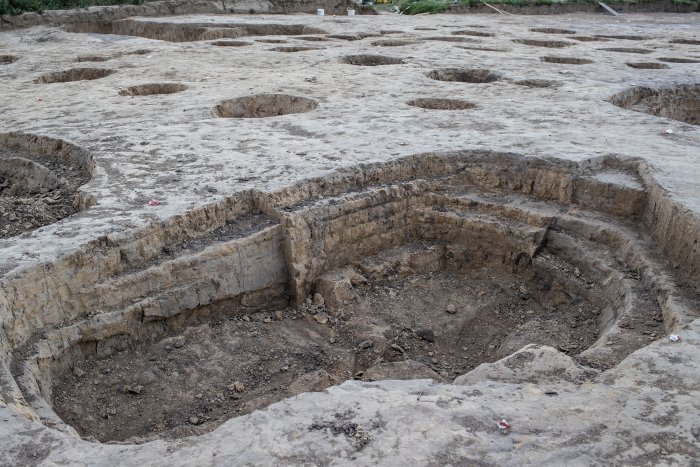
Scientists were aware of the settlement’s existence for decades, but it is only recently that they have begun working to uncover the secrets of the so-called ‘linear pottery culture’ who lived there.
The culture was distinguished by the way early human inhabitants decorated their ceramics, and it is logical to assume these people could have created this horned-faced object, but for what purpose?
See also: More Archaeology News
Archaeologists from the Academy of Sciences also uncovered the remnants of the settlement and several ‘longhouses’, 11-meters-long and built on a rectangular plan in Biskupice.
Adjacent to the houses were several elongated pits filled with broken ceramics and flint objects.
Still, the most mysterious find for the moment is without doubt the jar with, decorated with a horned human face.
Written by Jan Bartek - AncientPages.com Staff Writer











